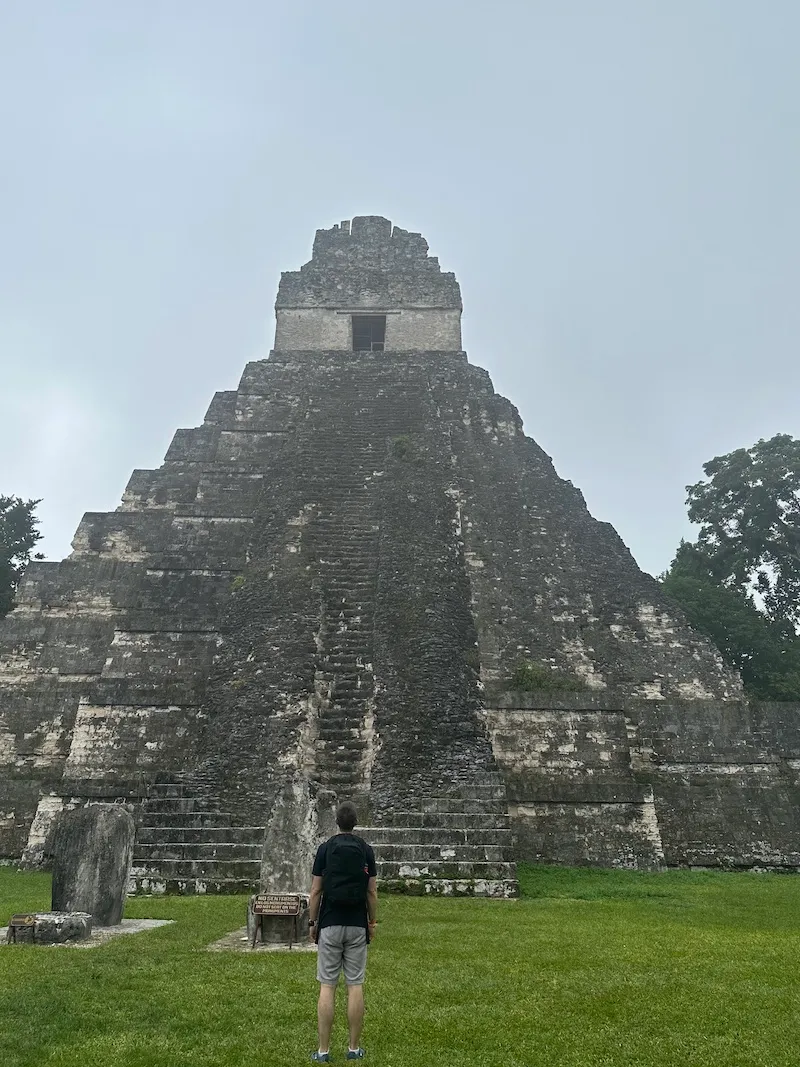The Maya Civilization

Coincidentally, but Guatemala turns out to be the cradle of the Mayan civilization. From there, Maya expanded north to Mexican regions of Chiapas and Yucatán, and south down to the border of Costa Rica.
Armed with that knowledge, I visited two national parks: Yaxha (pronounced as Yash-ah), and Tikal (the biggest and most powerful Mayan city).
Mayan’s civilization had vast knowledge in astronomy, architecture, engineering, agriculture, and mathematics. And I want to introduce you to Maya through some numbers.
- 0 - Mayans were the first civilization to use the zero. This allowed them to count to very high numbers, as well as perform complex calculations.
- 1 - the one god that Maya believed in. Contrary to popular belief, Mayans were monotheistic. The other “gods” such as fire, crops, water, etc—are in reality energies.
- 3 - the 3 worlds the Maya believed in: underworld, our world, and next life. Maya believed in life after death.
- 5 - the 5 ceremonial days per year the Maya had. In addition to that, the Mayan calendar had 18 months with 20 days per month. If you do the math, together with the 5 ceremonial days, you will see that Mayan year was 365 days.
There are still descendants of Maya living in the highlands of Guatemala. There are 22 Mayan languages left. But the knowledge they possessed—is long gone. Big thanks to bishop Diego de Landa from Spain, who burned the majority of the Mayan books.
Why did the Mayan disappear? 3 main reasons:
- Over population. Tikal alone believed to have population between 1.5 to 2 million.
- Deforestation. Sustaining big cities, required burning wood. Maya were among the first civilizations to use mortar, which required a lot of fire to make.
- Deforestation lead to droughts, which lead to diseases, and civil wars. In addition to that, the soil was exhausted and not suitable for crops anymore. Most Mayan cities were abandoned, and survivors moved to highlands.
It was a great civilization that existed for more than 3000 years (from 2000 B.C. to 1519 A.D.).
The slow demise of the Mayan civilization, and the problem they faced—might be sign to what awaits us.